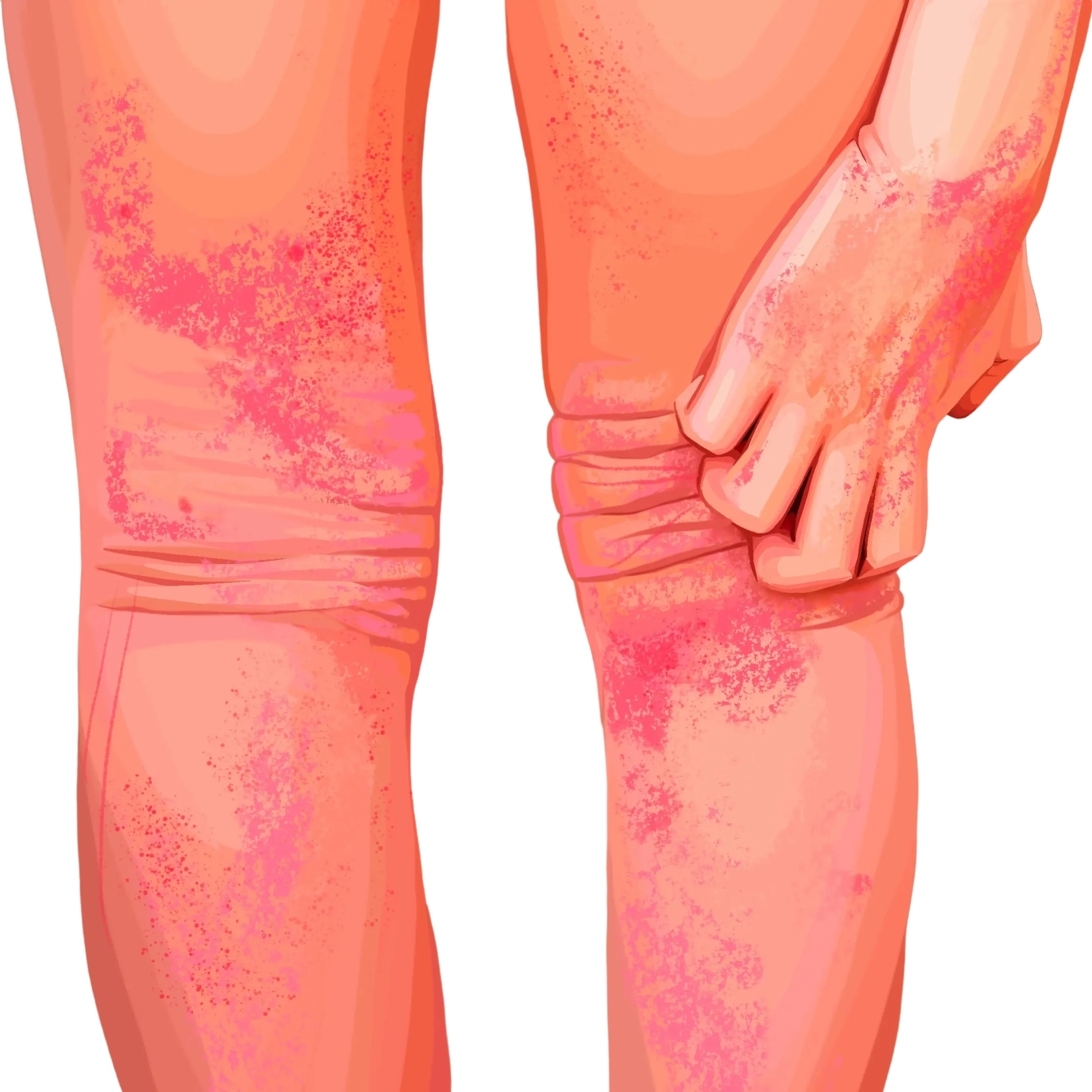Physical Damage and TSW
Gentle care is essential for fragile skin during TSW and RSS recovery.
For patients experiencing Topical Steroid Withdrawal (TSW) or Red Skin Syndrome (RSS), physical triggers like scratching, rubbing, sun exposure, and friction can significantly slow healing. While CAP treatment accelerates skin repair, managing these physical factors is crucial to prevent flare-ups and support long-term recovery.
What Are Physical Triggers?
Physical triggers are direct impacts on the skin that can cause irritation, damage, or flares. Unlike internal or external triggers, these are often related to daily habits, clothing, or exposure to sunlight and surfaces.
The main physical triggers include:
Scratching
Rubbing, Slapping, or Hitting
Sun Exposure
Friction
Why Physical Damage Matters
TSW skin is thin, reactive, and prone to infection. Even small cuts or repeated irritation can:
Break open wounds.
Increase the risk of bacterial, viral or fungal infections.
Slow down your healing timeline.
Create more pain and frustration.
That’s why managing physical triggers is one of the most important parts of a healing lifestyle.
Scratching: The Endless Cycle
TSW* / RSS* skin is weak and thin. This makes scratching a problem as it often breaks the skin open, setting the patient back in their wound healing cycle as well as introducing risk of infections.
While scratch tools, combs, or telescopic scratch sticks may bring momentary relief, it’s best to avoid them. They can spread infections and further damage sensitive or compromised skin.
The urge to scratch can feel overwhelming, but learning to manage it is an important part of supporting skin recovery and avoiding setbacks. Simple steps like keeping nails short and blunt, applying a cold compress with a soft cotton cloth, and using safe itch-relief techniques can make a big difference in reducing skin damage.
Wave’s TSW & Red Skin Syndrome scratching Tips:
Keep nails short and blunt.
Use a cold compress wrapped in a soft cotton cloth.
Try fidget tools or breathing techniques when urges strike.
Be gentle with yourself, if you slip, reset and keep going.
Rubbing, Slapping or Hitting
Some patients, in an effort to avoid scratching, may resort to rubbing, hitting, slapping, or other forms of physical aggravation to relieve itch. While this may feel like a safer alternative to scratching, these actions can still damage fragile TSW / RSS skin. Repeated trauma, even without visible scratching, can lead to broken skin, delayed healing, increased risk of infection and secondary damage to other body parts.
It’s important to avoid replacing scratching with other forms of physical irritation. Instead, consider gentler methods for itch relief, such as cold compresses, distraction techniques or deep breathing.
Wave Skin Wellness Tips:
Replace these habits with gentler coping tools (deep breathing, distractions, music, podcasts).
Practice mindfulness, noticing when your hands move to your skin without thinking.
Remind yourself: every small choice to protect your skin helps it heal faster.
Self-Soothe Habits
TSW/RSS can cause intense and overwhelming itch, and it’s completely understandable that you might sometimes give in to the urge to scratch. If this happens, try not to be hard on yourself as feeling guilty only adds stress. Instead, take a deep breath, refocus, and move forward with care and compassion for yourself.
However, scratching too frequently can become a habitual or stress-related behaviour. For many patients, scratching becomes a form of self-soothing during emotional stress, eventually happening without conscious awareness. Unfortunately, for TSW/RSS skin, repeated habitual scratching can cause longer term damage such as hypopigmentation, hardened skin, significantly delay healing and cause secondary damage to body parts.
Building mindfulness around these behaviours and finding alternative coping strategies such as fidget tools, or cold compresses can help break the cycle and support your skin’s recovery.
Sun Damage
Sunlight can be beneficial to help boost vitamin D, endorphins and support the skin barrier for those who have healthy stable skin. However, for those experiencing TSW* / RSS*, overexposure or strong midday sun (10am–4pm) can cause burning, redness, or sensitivity. With TSW/RSS, your skin is more delicate, so it’s best to limit high UV exposure. The “sea & sun” protocol, done carefully, can aid recovery, but always listen to your skin and avoid pushing it past its comfort level.
TSW Sun Tips:
Enjoy early morning or late afternoon sunlight.
Avoid peak UV hours in Bali’s tropical sun.
Listen to your skin, if it feels irritated, step back into the shade.
Pair sun exposure with the Sea & Sun protocol carefully for added healing benefits.
Temperature & Humidity
TSW skin can have trouble thermoregulating due to the suppressed cell function, can feel easily irritated by temperature change and can be sensitive to humidity levels. Hot, humid weather can increase sweating and trap irritants as well as sometimes encouraging infections. On the other hand, cold, dry climates strip moisture from the skin, leaving it cracked, tight, and more prone to inflammation. Finding a comfortable middle ground and avoiding extremes can help reduce flare-ups and support the skin’s healing process.
TSW Climate Tips:
Use a humidifier in dry climates or dehumidifier in humid climates to control the humidity in your living space
Use AC or heater to find a comfortable temperature (recommend max 25 degree celsius)
In hot climates, use handheld fans, loose breathable fabrics and rinse skin often to cool down and remove irritants
In cold climates, cover up to protect exposed areas and stay warm, stick to lukewarm showers to avoid stripping skins natural oils and hydrate from within with enough drinking water
Friction
Friction can also cause flare ups. Some common examples of where you might have friction flares are on your torso where the waistband of your clothes rests, along your thighs if you sit directly on sand at the beach, on your face from rubbing with a towel or on your armpits from moving against the seams of your clothes.
TSW and Sensitive Skin Friction Tips:
Wear loose, breathable clothing.
Use soft microfiber towels and smooth bedding.
Turn clothing inside out to avoid seams rubbing against skin.
Place a towel or cloth barrier when sitting on rough surfaces like sand or rattan chairs.
A Gentle Reminder
It’s important to remember that if you slip, if you scratch, or sit too long in the sun it doesn’t mean you’ve failed. Healing isn’t a straight line. Every day is a chance to learn what your skin needs and to give it more care.
Final Thoughts
Physical triggers like scratching, sun, and friction are part of daily life, but they don’t have to rule your healing. With small adjustments and mindful self-care, you can protect your skin, reduce setbacks, and let your body focus on regeneration.
At Wave Skin Wellness, we support you with both treatment and practical lifestyle guidance. Together, we help you create habits that keep your healing journey moving forward. If you’d like tailored support, book a free consultation with our team in Bali.
*TSW (Topical Steroid Withdrawal) refers to redness, burning, irritation, skin thinning or other adverse effects of topical steroid use. It can also be known as Red Skin Syndrome, Topical Steroid Addiction and Topical Steroid Damage.

